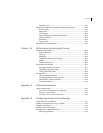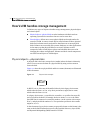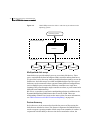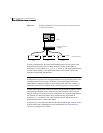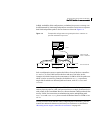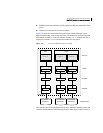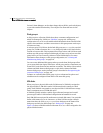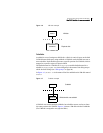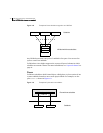
23Understanding Veritas Volume Manager
How VxVM handles storage management
Device Discovery service enables you to add support dynamically for new disk
arrays. This operation, which uses a facility called the Device Discovery Layer
(DDL), is achieved without the need for a reboot.
This means that you can dynamically add a new disk array to a host, and run a
command which scans the operating system’s device tree for all the attached
disk devices, and reconfigures DMP with the new device database. For more
information, see “Administering the Device Discovery Layer” on page 85.
Enclosure-based naming
Enclosure-based naming provides an alternative to the disk device naming
described in “Physical objects—physical disks” on page 20. This allows disk
devices to be named for enclosures rather than for the controllers through
which they are accessed. In a Storage Area Network (SAN) that uses Fibre
Channel hubs or fabric switches, information about disk location provided by
the operating system may not correctly indicate the physical location of the
disks. For example, c#t#d# naming assigns controller-based device names to
disks in separate enclosures that are connected to the same host controller.
Enclosure-based naming allows VxVM to access enclosures as separate physical
entities. By configuring redundant copies of your data on separate enclosures,
you can safeguard against failure of one or more enclosures.
In a typical SAN environment, host controllers are connected to multiple
enclosures in a daisy chain or through a Fibre Channel hub or fabric switch as
illustrated in Figure 1-3.



